Early upgrade of airport area to ensure operation of Code C aircraft
Accordingly, the Ministry of Transport proposed to continue implementing the project to upgrade and expand the airport area using public investment capital to soon put into operation code C aircraft (A320 and equivalent), serving the travel needs of people, ensuring absolute safety in operation and ensuring national defense and security.
This is an investment plan that ensures effective exploitation as well as effective capital use with reasonable costs.
Regarding works ensuring flight operations, according to current regulations, Vietnam Air Traffic Management Corporation (VATM) is responsible for investing, upgrading, and expanding works and technical infrastructure ensuring flight operations at Con Dao Airport.
According to research by international consultants and units, it is necessary to invest in a number of works to ensure flight operations such as the radio navigation station (NDB), automatic meteorological observation system (AWOS); the air traffic control station alone can continue to be maintained in the immediate period to serve flight operations. The Ministry of Transport said it will direct VATM to organize research and deploy investment in works to ensure synchronization and safety in operations.
Regarding civil aviation projects, according to the Master Plan for the development of the national airport and seaport system for the period 2021-2030, with a vision to 2050, Con Dao Airport is planned for the period up to 2030 with a capacity of about 2 million passengers/year, with a vision to 2050 with a capacity of about 3 million passengers/year.
Recently, the Prime Minister approved the overall adjustment of the Master Plan for Con Dao construction, Ba Ria - Vung Tau province until 2045, in which the scale of tourists is forecasted to be about 1-1.2 million visitors/year by 2030, and about 1.7-2 million visitors/year by 2045. Thus, the scale of Con Dao airport planning is basically consistent with the Master Plan for Con Dao construction.
With the scale of the Con Dao Airport Planning mentioned above, the Ministry of Transport believes that by 2030, it is necessary to research and invest in building a new civil aviation area (passenger terminal, parking lot, synchronous technical infrastructure) with a capacity of about 2 million passengers/year, with an estimated investment cost of about 2.1 trillion VND.
In addition, Deputy Prime Minister Tran Hong Ha directed the People's Committee of Ba Ria - Vung Tau province to proactively call for and attract investors and develop a project on socialization and investment under the public-private partnership model to report to the Prime Minister for consideration and officially assign the province as the competent authority to implement the project in accordance with the law.
Therefore, the Ministry of Transport proposed that the Prime Minister direct the People's Committee of Ba Ria - Vung Tau province to study and develop a project to invest in a civil aviation area under the public-private partnership model to promptly report to the Prime Minister for permission to implement, meeting the local air transport needs.
For airport projects, after completing the investment, the Ministry of Transport will hand over to the People's Committee of Ba Ria - Vung Tau province to hand over to the investor for management and exploitation according to the project contract.
As for specialized aviation service projects (providing airline meals, aviation fuel, etc.), the Civil Aviation Authority of Vietnam will select investors according to the provisions of the law on investment and the law on bidding. Currently, the flight frequency at Con Dao Airport is not high, so in the immediate future, aviation fuel will be provided by businesses outside the port and transported to the port.
In the process of developing the port's capacity, based on actual needs and the attractiveness of investors, the Ministry of Transport will direct the Civil Aviation Authority of Vietnam to organize the selection of investors according to regulations.
To fully operate the A321, it is necessary to extend the runway out to sea.
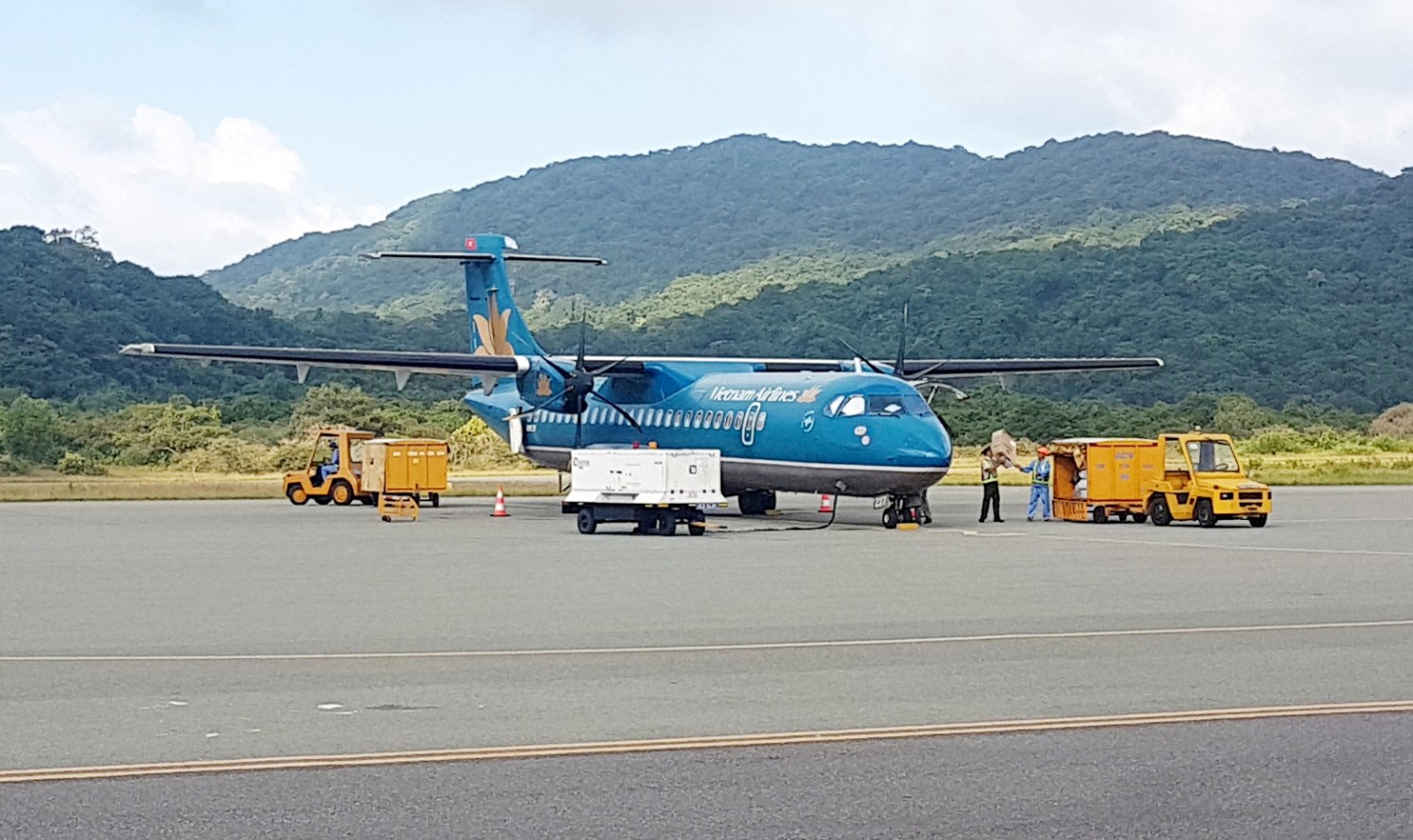
The Ministry of Transport proposed to continue implementing the project to upgrade and expand the Con Dao airport area using public investment capital to soon put into operation code C aircraft (Illustration photo).
According to the report of the Civil Aviation Authority, the planning option with the existing runway direction is the optimal option. To exploit the full commercial load with mid-range aircraft such as A321, it is necessary to extend the runway about 860 m (to the East) towards the sea to reach a length of 2,400 m. According to this option, the preliminary estimate of the investment cost for developing Con Dao airport is over 10,000 billion VND.
Due to the limited terrain of Con Dao airport area, along with complicated conditions for deployment to the sea, large investment costs, and large impacts on the environment, the Ministry of Transport has proposed using aid capital from the Australian government to select a reputable international consulting unit to support the review and assessment of the runway's ability to meet the requirements and recommend the optimal aircraft type for exploitation at Con Dao airport.
The selected international consulting unit is ADPi (France) - one of the world's leading consulting firms in airport planning and exploitation, which has participated in the planning of many major airports in the world.
ADPi conducted a survey at Con Dao airport, studied the experience of airports around the world with similar configurations, and worked with Vietnamese airlines and related units. In June 2024, ADPi had its final report, which was highly appreciated by aviation units, and agreed and supported by airlines.
According to the Ministry of Transport, the current fleet of code C aircraft of Vietnamese airlines mainly consists of A320 and ATR72 aircraft (VNA, Vasco Airlines). Vietnamese airlines have been and are continuing to lease and purchase code C aircraft such as A320neo/ceo, A321neo/ceo and B737 MAX8.
Based on the results of calculating the expected flight routes and operating conditions, international consultants concluded that the current runway length (1,830m) of Con Dao airport is sufficient to receive and effectively operate most types of code C aircraft operated by Vietnamese airlines, except for A321 aircraft that must have reduced commercial payload.
Airlines are advised to operate medium-sized code C aircraft (such as A320ceo/neo, A319, B737-7/8...) to ensure the highest operational efficiency, as well as infrastructure investment efficiency, ensuring the operation of all domestic routes in Vietnam and the possibility of operating some international routes to Southeast Asia and North Asia.
To increase runway exploitation capacity, the consultant also recommends building a refueling area at the port; Building parallel taxiways to increase capacity by 50%, even with the operating fleet (ATR72 and E190); Adding construction items to ensure safety during exploitation...
Upgrading runway with public investment capital
The Ministry of Transport informed that the runway and taxiway at Con Dao Airport (built in 2004) are degraded and have poor load-bearing capacity.
The runway width of 30m does not meet the standards for operating code C aircraft, only meeting the requirements for operating aircraft types such as ATR72 and equivalent (Embraer E190/E195 with reduced load).
Meanwhile, the existing runway and taxiway infrastructure assets are owned by the Ministry of Transport as the representative owner, so the Ministry is responsible for investing in accordance with the provisions of the law on public investment and the law on construction.
The investment project to renovate and upgrade the runway and taxiway at Con Dao Airport has been approved by the Ministry of Transport with a total investment of about 1,680 billion VND, and has been assigned by the Prime Minister as a medium-term public investment plan using state budget capital for the period 2021-2025.
The project will invest in expanding and upgrading the existing runway structure according to the plan with a size of 1,830m x 45m; building a new parallel taxiway and connecting taxiways; adding items to ensure safety in operations (RESA, night lights); a synchronous landing equipment system to effectively exploit code C aircraft (such as A319, A320neo/ceo, B737-7/8 and equivalent) in accordance with the direction of the Prime Minister and the Plan. Thus, the investment scale of the project is basically consistent with the recommendations of international consultants to improve the operational capacity of Con Dao Airport.
Currently, some airlines are studying the plan to exploit routes to Con Dao Airport using aircraft types such as A320 and E190 (Vietjet Air plans to lease E190 aircraft for exploitation, after the airport is renovated and upgraded, it will exploit A320 aircraft; Vietnam Airlines plans to exploit A320 aircraft in the future).
According to airlines, in order to effectively exploit these types of aircraft, it is necessary to soon expand runways and increase the load-bearing capacity of the road surface structure.
Source: https://www.baogiaothong.vn/tim-phuong-an-toi-uu-nang-cap-san-bay-con-dao-192240804193036208.htm


![[Photo] National Assembly Chairman Tran Thanh Man chairs the meeting of the Subcommittee on Documents of the First National Assembly Party Congress](https://vphoto.vietnam.vn/thumb/1200x675/vietnam/resource/IMAGE/2025/5/8/72b19a73d94a4affab411fd8c87f4f8d)

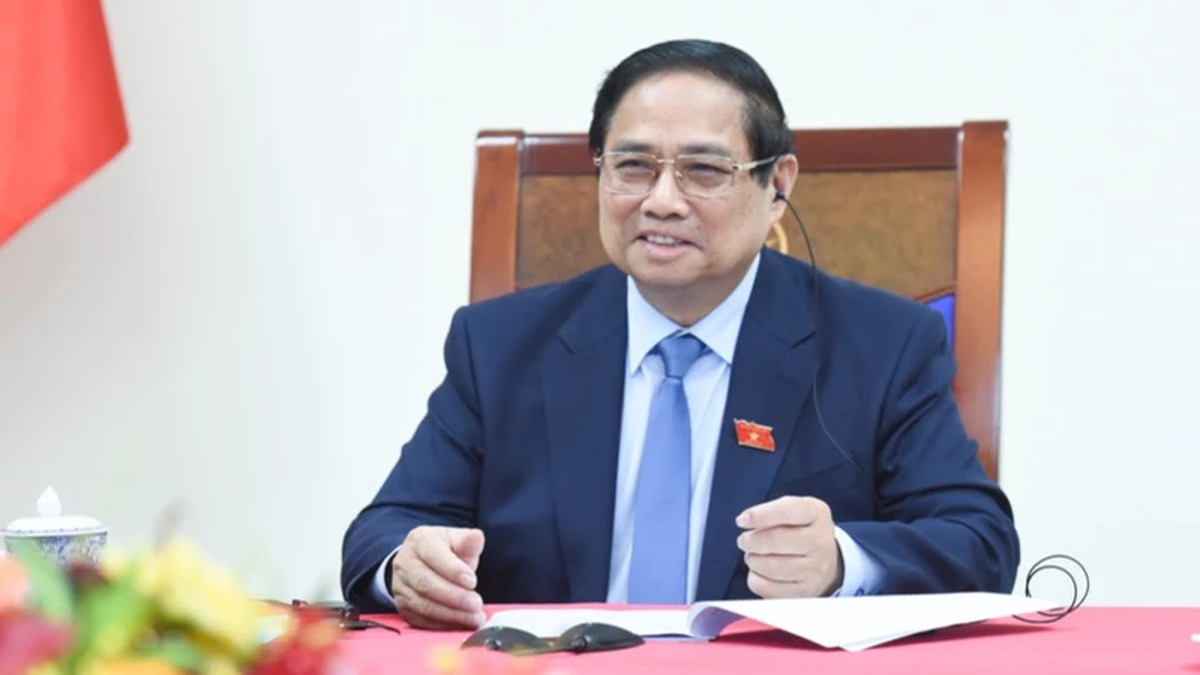
![[Photo] President Luong Cuong presents the decision to appoint Deputy Head of the Office of the President](https://vphoto.vietnam.vn/thumb/1200x675/vietnam/resource/IMAGE/2025/5/8/501f8ee192f3476ab9f7579c57b423ad)
![[Photo] Prime Minister Pham Minh Chinh meets with the Policy Advisory Council on Private Economic Development](https://vphoto.vietnam.vn/thumb/1200x675/vietnam/resource/IMAGE/2025/5/8/387da60b85cc489ab2aed8442fc3b14a)
![[Photo] General Secretary concludes visit to Azerbaijan, departs for visit to Russian Federation](https://vphoto.vietnam.vn/thumb/1200x675/vietnam/resource/IMAGE/2025/5/8/7a135ad280314b66917ad278ce0e26fa)
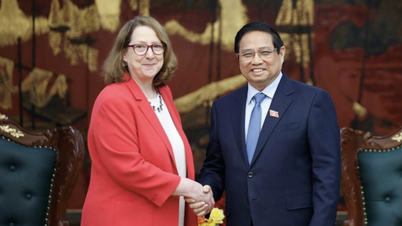







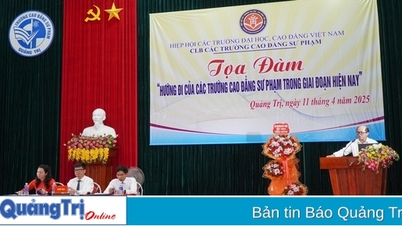

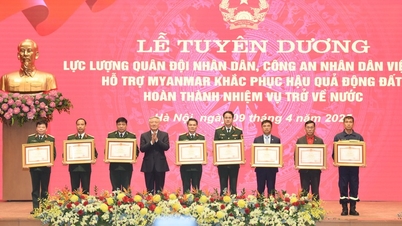

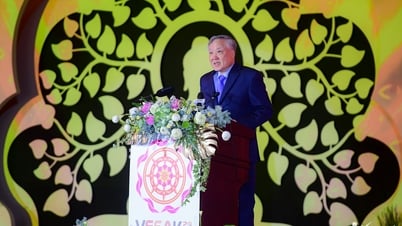


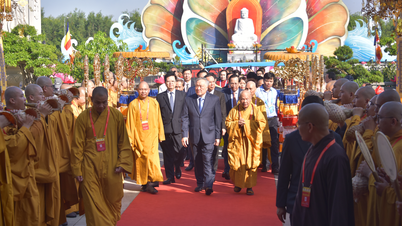
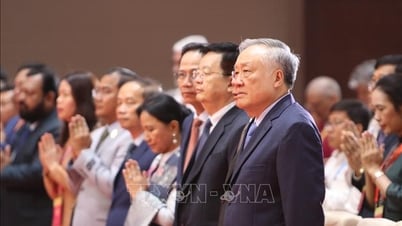
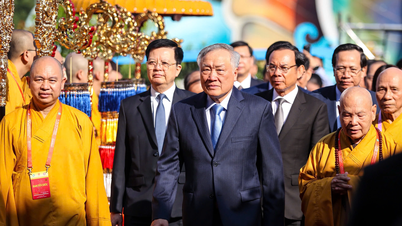




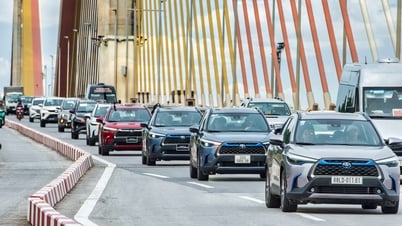

























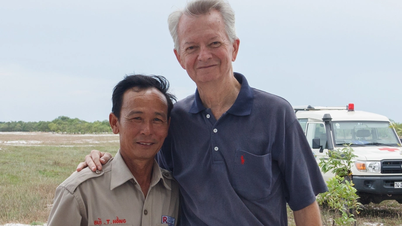












![[Photo] Prime Minister Pham Minh Chinh talks on the phone with Singaporean Prime Minister Lawrence Wong](https://vphoto.vietnam.vn/thumb/402x226/vietnam/resource/IMAGE/2025/5/8/e2eab082d9bc4fc4a360b28fa0ab94de)
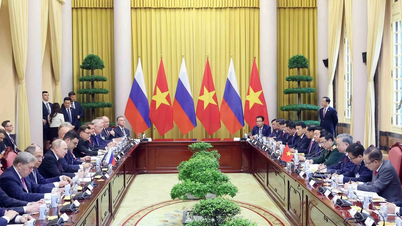





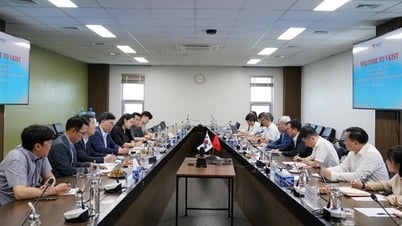


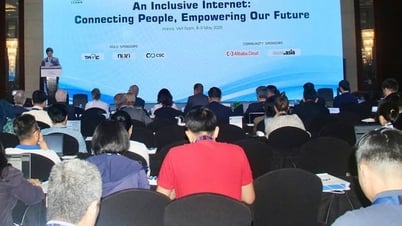




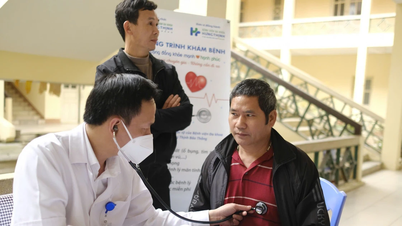



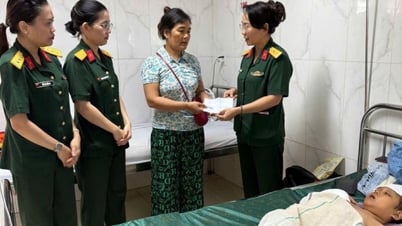

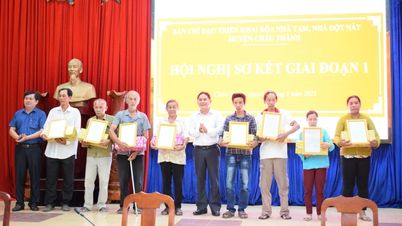











Comment (0)